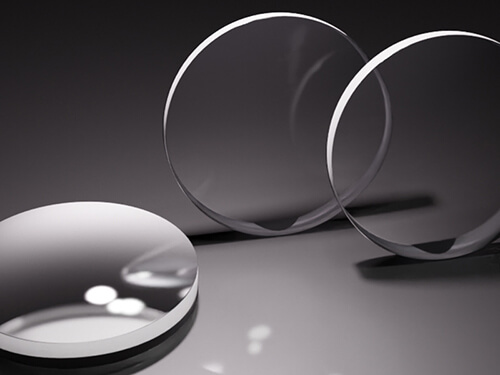40-20 and 60-40 surface quality refer to two different levels of surface roughness or smoothness that are commonly used in the industry to specify the quality of sapphire glass surfaces.
A 40-20 surface quality means that the surface of the sapphire glass has a roughness of 40 microinches (or 1.02 micrometers) in the vertical direction and 20 micro inches (or 0.51 micrometers) in the horizontal direction. This is considered a relatively smooth surface and is commonly used in high-end optical applications where a high level of precision is required, such as in camera lenses or laser windows.
On the other hand, a 60-40 surface quality means that the surface of the sapphire glass has a roughness of 60 microinches (or 1.52 micrometers) in the vertical direction and 40 microinches (or 1.02 micrometers) in the horizontal direction. This is considered a rougher surface compared to 40-20 and is often used in applications where the surface quality is less critical, such as industrial windows or protective covers for electronic displays.
In general, the higher the surface quality specification, the smoother and more precise the sapphire glass surface will be. The specific surface quality required for a particular application will depend on factors such as the intended use of the material, the desired level of transparency, and the required durability and scratch resistance.
